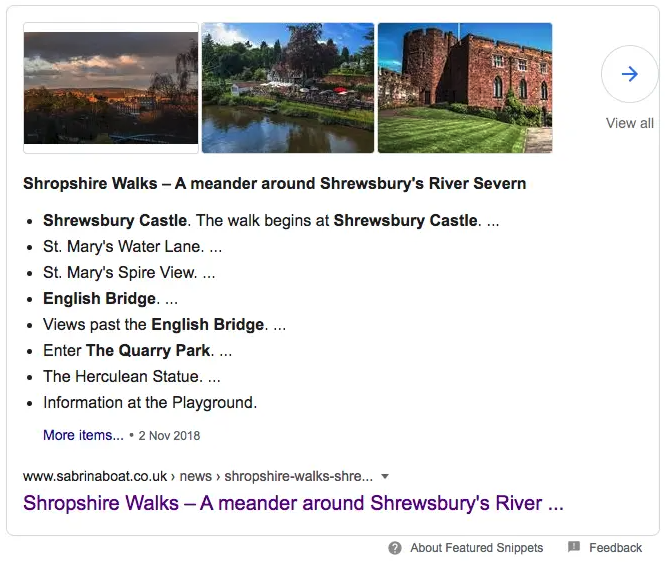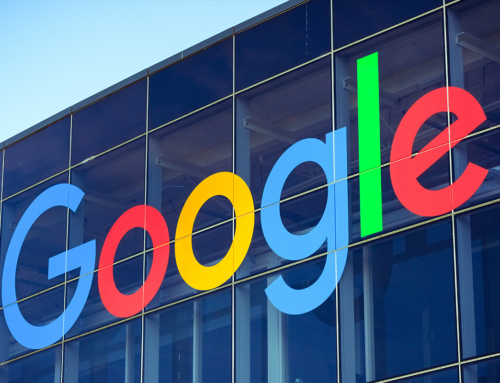Link Building Basics
Before we go any further we have to ask: ‘What Is Link Building?’
Then we’ll explore why link building is still as relevant in 2021 as it was in 1998.
What is link building for SEO and how does it work?
Link building is all about getting other websites to link back to your own. Building links is one of the core tactics of Search Engine Optimisation (SEO) because those links inform Google that your website is credible and worthy of citation.
How important is link building for SEO?
Once upon a time, SEO was all about page content and not much else. If you wanted to rank, all you had to do was stuff your site with keywords and up the rankings you went.
But then Google happened.
Google devised the PageRank Algorithm. So instead of just analysing the content on a page, they also looked at the number of people who linked to a certain page. It’s quite amazing that the Google PageRank patent was filed in 1998 and it’s still important in 2020.
There have been a number of changes to Google PageRank, such as Google Penguin. The objective of Penguin was to remove the weighting on spammy and link farms.
How does Google PageRank work?
The original patent worked like this:
A link from one website to another acted as a vote of trust and authority. So the more links (votes) that point to a site or a page, the greater the trust, and therefore higher the page rank. We call this transference, Link Juice.
Now not every link is counted equally.
Let’s say your homepage (Page A) has an external link pointing at it. Then Page A is pointing to a second page (Page B). Page A will not share 100% of its link juice with Page B, instead the flow will be restricted by 15%. This is known as the PageRank Damping Factor.
If you apply this same principle across three pages, you’ll see that Page A retains 100% of the link value, whereas Page B, holds 85% of the link value and Page C as the link value reduced even further, down to 72%.
And it gets even more complicated when there is more than one external link on a page! This Google PageRank simulator gives you a good idea of how PageRank works with the introduction of a number of pages linking back and forth.
High Quality Links
A high-quality link is powerful and hard for your competitors to get a natural link from the same source. Links from relevant and authority sites that only talk about your website and not your competitors can be considered great link opportunities because they are unique to your site.
Understanding page authority
If quantity of links matters less than authority, it makes sense to focus on pages that have the highest authority (PageRank).
You can check the PageRank using Ahrefs ‘Page Rating’ tool.
All you have to do is insert your URL into Ahrefs and check the ‘UR Rating’.
However, the quality of the link is also determined by the site authority. And as you guessed it, a link from say the BBC.co.uk will have less weight that of an independent news blogger.
Yes, they are tricky to obtain. But the long-term value is huge.
And just like the ‘Page Rating’ tool, you can analyse ‘DomainRating’ in just the same way.
Does site relevance matter?
Are all links equal?
Or are some links more equal than others?
Well, it’s certainly true that the Google algorithm is looking for some form of consistency.
So if you’re getting links from authoritative sites about Donkeys, but your website is about variable speed motor drives. Do you think you’ll benefit?
An ex-member of the search quality team at Google, has spoken out about the matter saying:
Getting a link from a high PageRank (PR) page used to always be valuable, today it’s more the relevance of the site’s theme in regards to yours, relevance is the new PR.
So why slog it out on the battlefield when you can take an offensive position to protect your SEO lead.
Link anchors and link position
Sometimes links are placed inside the text of your page, these are called link embeds.
And sometimes links appear on each page, like a header or a footer.
Which of these do you think does best in Google?
Link position on a page is very important.
There’s a lot of research done on the importance of a well thought out link building strategy and what the SEO thought leaders are reporting back, from large sample testings is.
Links in the middle of a page’s boy content is of higher value than at the bottom or on a widget.
And that takes us to the anchor text.
Anchor text words relate to the page or website you’re linking to. There is a risk that too many anchor text links can look spammy to Google, yet well-placed anchor text backlinks can have a positive effect on page ranking.
Why not look at your backlink profile using the Ahrefs Site Explorer and politely ask the linking site to modify brand name links to an accurate anchor text instead?
Co-occurrence and co-citation
Not necessarily link building as such, but link building without links.
Co-occurrences are words and phrases found around a link. They’re words used before and after a link, that are relevant to the link. They provide additional clues to the quality of the content being linked to.
Co-citation builds on relevancy. So if you have two unconnected sites and they’re both mentioning your site (not necessarily a link), Google sees value across all three sites. Even though the mentioning sites have no direct links between each other, the power of site unconnected relevancy will continue to be a factor in the maturity of the Google algorithm.
Editorial and guest blogging
Back in the early days of the internet, dropping links everywhere was an SEO strategy that worked quite well.
It certainly does not form part of a well thought out link building strategy for 2020.
And if you’re doing this, STOP.
Bad links can hurt your SEO.
When it comes down to it, a good link building strategy is one that focuses on editorial link building. Those are links placed by someone else.
Here’s what Google has to say about it:
Any links intended to manipulate PageRank or a site’s ranking in Google search results may be considered part of a link scheme and a violation of Google’s Webmaster Guidelines. This includes any behavior that manipulates links to your site or outgoing links from your site. Additionally, creating links that weren’t editorially placed or vouched for by the site’s owner on a page, otherwise known as unnatural links, can be considered a violation of our guidelines.



